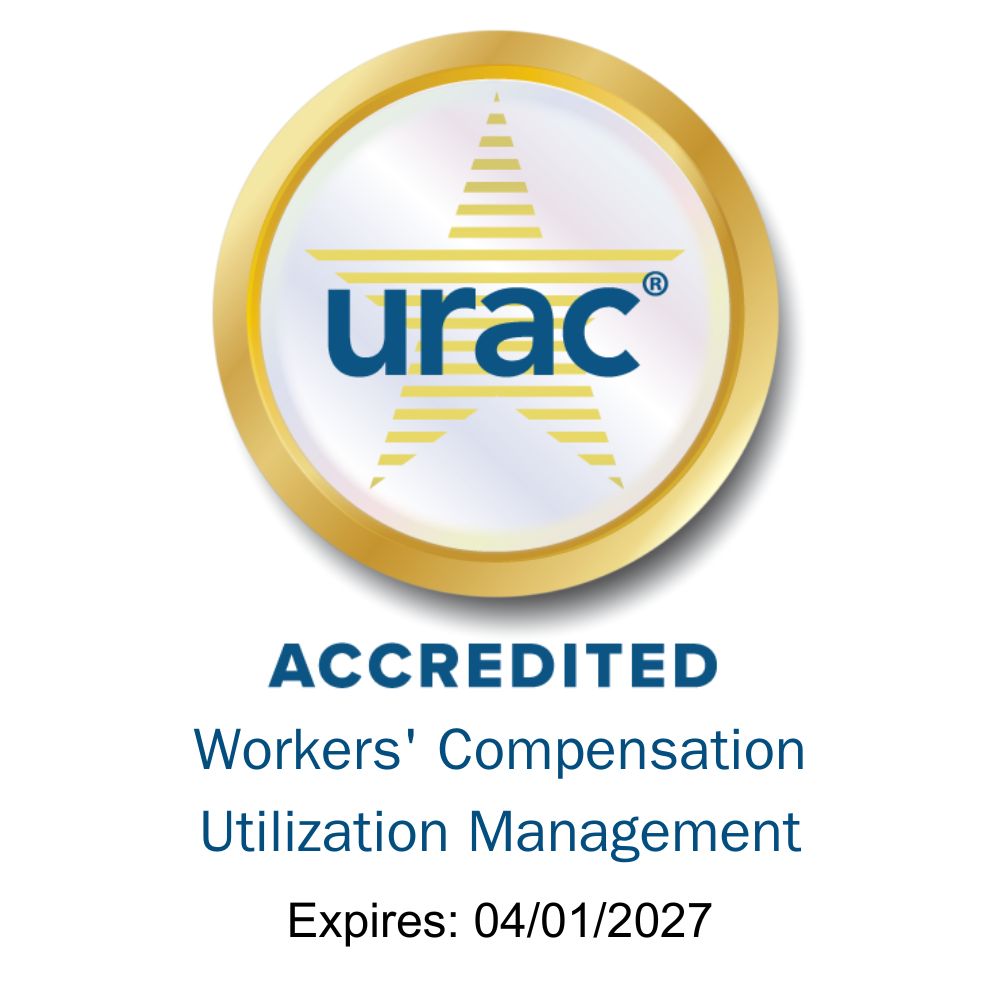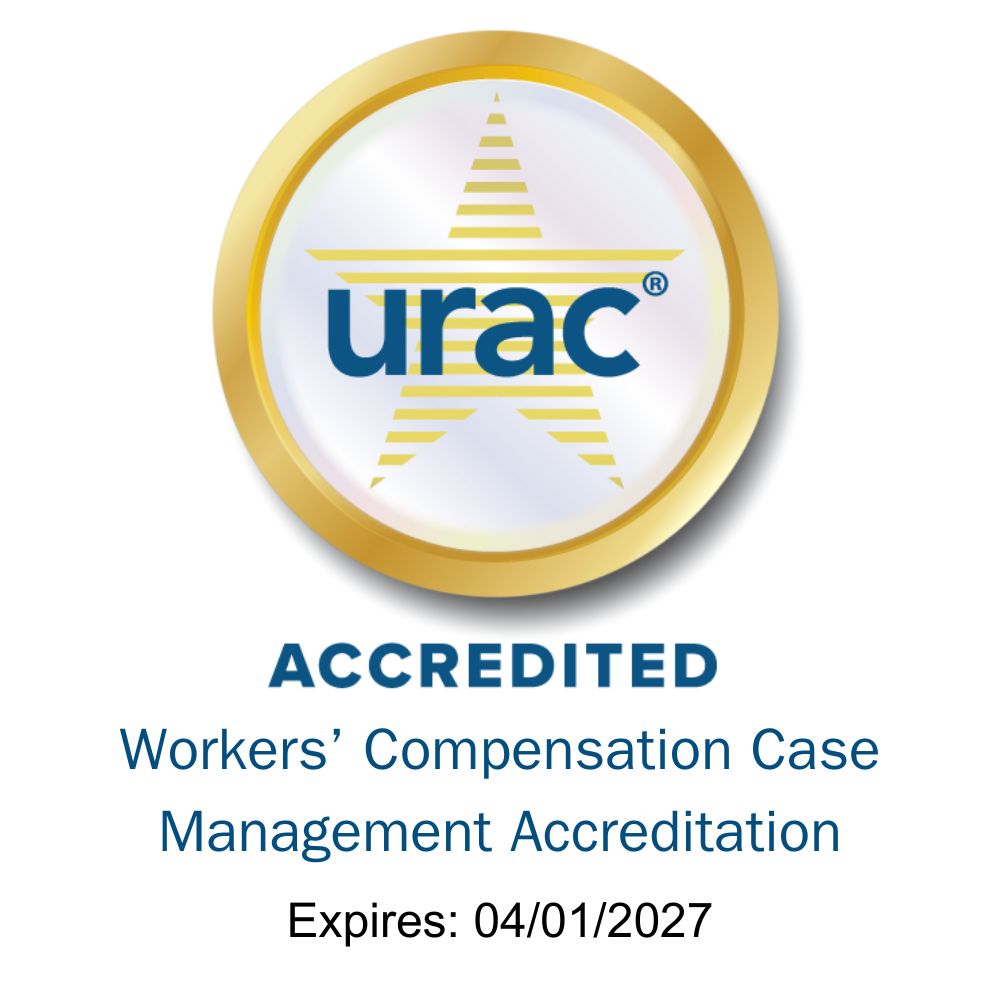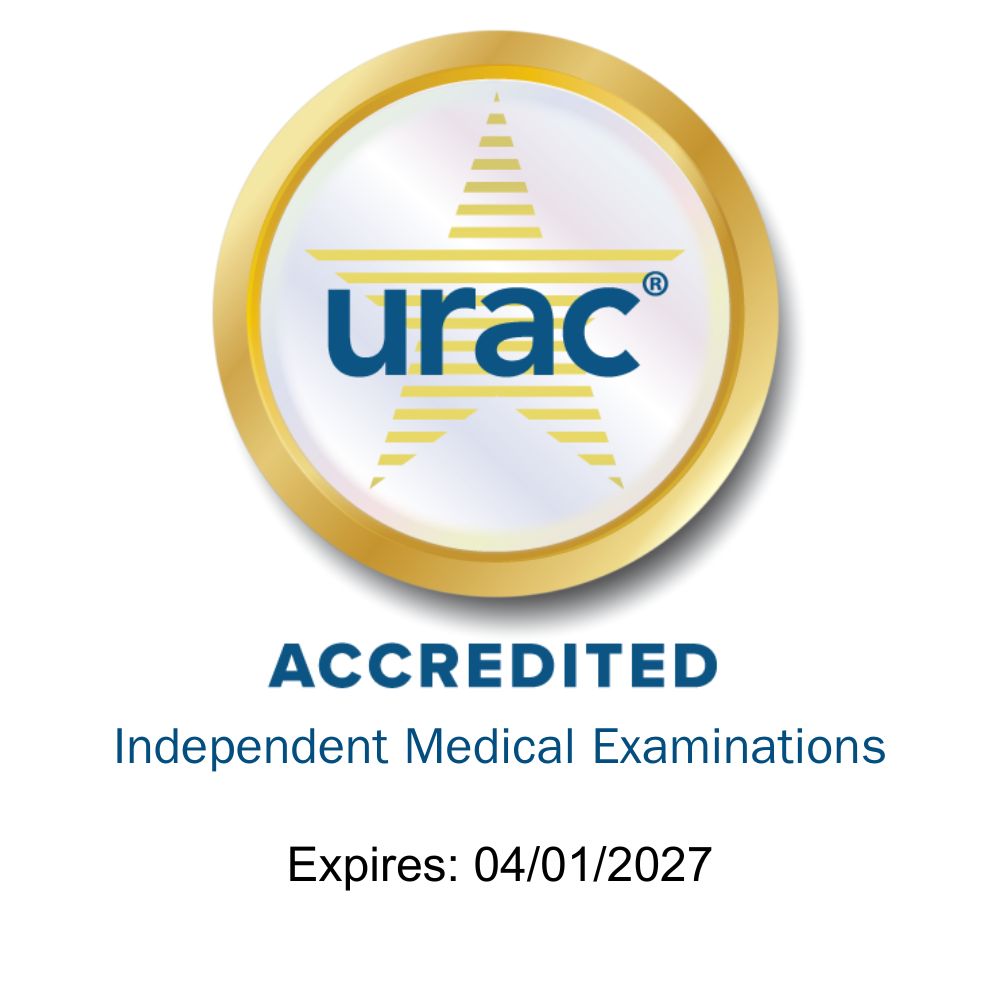The word “durable” brings a sense of long standing, like the words “endure” and “duration.” Durable medical equipment, or DME, refers to the sturdy devices and supplies injured workers need to maintain their daily lives as they recover. And it might be little surprise that until 2020, the most commonly ordered types of durable medical equipment remained largely the same from year to year.
The coronavirus pandemic changed everything. The resulting layoffs, shutdowns, and shift to a home-based workforce in many industries meant fewer workers’ compensation injuries. We also saw a drastic difference in the types of devices and supplies ordered.
Reparative surgeries needed for workers’ compensation cases are considered elective—that is, not emergency or life-saving, as well as scheduled in advance. Because most doctors and hospitals were postponing or canceling elective surgeries during the shutdown, the items typically needed after such procedures were not in high demand like before. For instance, pneumatic and compression devices used to help rehabilitate patients after surgery are historically among the most common DME items ordered, but they fell far in their ranking in 2020. Although a few post-surgery DME items were still in demand, most of the items remaining in the top 10 were needed to treat short-term injuries. They included mobility devices, like crutches and walkers, and equipment needed in the bathroom. Here is some of what we've seen:
a. Crutches: These are most common type of DME ordered every year by far, usually paired with an imaging referral such as an X-ray or MRI.
b. Crutch substitutes, also known as a knee walkers or knee scooters: These steerable devices keep patients off one a foot without requiring them to bear their body weight on their wrists and armpits. Crutches are not recommended for people who have weak or injured upper bodies, such as hurt backs, or people with limited strength or mobility. Knee scooters can be helpful alternatives in such cases.
c. Folding walkers: These are typically used after surgery, such as a hip replacement.
d. Arm slings: These are used after an injury to the shoulder, arm, or wrist to keep the limb immobile against the body.
e. Bathing chairs: As with the common mobility devices listed above, these are frequently ordered when patients have injured one or both legs or their back so they can get in and out of a shower or tub safely. These chairs are also helpful for people who may already be prone to falling.
f. Synthetic sheepskin pads: These are used with continuous passive motion (CPM) devices, such as those frequently used after knee surgery to keep patients’ joints mobile and flexible without their having to use their muscles. The soft pad is used as a cushion with the CPM device and greatly outnumber the orders for the CPM devices themselves, because patients often rent those directly through the facility where they were treated. Also, each CPM device usually needs two pads and the pads need to be replaced periodically.
g. Canes: Unlike crutches and knee scooters, which keep weight off a foot entirely, a cane is preferable when some pressure on the foot is acceptable yet patients need help staying steady or walking with care. Canes are useful to help maintain balance, to go up and down stairs, and when patients have conditions such as arthritis or tender feet.
h. Pads for hot-water-circulating units: Heat therapy is often needed to treat a variety of localized conditions such as muscle and joint pain, arthritis, and swelling. Cold-therapy units are also sometimes needed, but pads are more frequently needed with heat therapy in order to prevent burns. And like synthetic sheepskin pads, they are ordered much more often than the machines they accompany.
i. Commode chairs with arms: Like bathing chairs, these are needed when patients’ lower bodies are weak or injured, or if they struggle with balance.
j. Inner limb compression devices: These are sleeves that gently squeeze the legs after injury or surgery to relieve swelling and help prevent blood clots. Because injury to the lower body is still common when a worker is hurt on the job, these devices are still frequently needed, just like crutches, walkers, and canes. The demand, however, is not as it was in 2019 or earlier.
The impact of 2020 is clearly fading in some aspects of DME needs today. Elective surgeries are slowly returning, with their subsequent therapies, devices, and accessories. Some industries such as restaurants, manufacturing, and retail are still reeling, hit hard by workforce shortages, so the types of injuries more often seen in those workers are abating too. What’s next for DME? Only time will tell.






